Matt Zeigler is a Managing Director and Private Wealth Advisor with Sunpointe Investments, and he’s been helping people with their money for more than 15 years. He’s also one heck of a writer and publishes an excellent daily (!) note on his Cultish Creative blog and newsletter, which you can subscribe to here. We hope to start publishing Matt’s work on a regular basis and figured there was no better place to start than with his notes on our Epsilon Connect 2023 conference!
You can contact Matt at [email protected] and on Twitter at @cultishcreative. As with all of our guest contributors, Matt’s post may not represent the views of Epsilon Theory or Second Foundation Partners, and should not be construed as advice to purchase or sell any security.
***
“I didn’t even get to eat the ice cream!”
We were in the nursing home where my Gram was recovering from hip-replacement surgery. 86 years old – and we’re laughing as she tells us, again, about how she fell.
She’d gotten out of bed wanting a snack in the middle of the night. I know she’s my blood because “snack” was code for ice cream. There’s only one reason to drag yourself out of bed after bedtime. My entire family can nod along knowingly without questioning this truth. She scooped a bowl and went to sit. But then another vision struck.
Hershey’s syrup.
They had some. It was not on her ice cream. Easy fix.
And that’s how she fell. Getting the Hershey’s syrup to put on her ice cream. If she hadn’t needed the ice cream, or at least not the chocolate syrup, she wouldn’t be in a hospital bed with a new hip that was hurting like hell.
“Guess it wasn’t worth it, eh Gram?” Anything to tee up that chagrin-dipped punchline. Laughter heals.
15 minutes later – me, my girlfriend Val, and my parents are in a local pizza spot. We order a round of drinks, and immediately my Mom’s phone rings. It’s her sister. Mom does the one-ear finger block and puts her head down all serious like. We all know something’s up. Her sister had troubling news,
“I can’t find Dad.”
He’d been with my Gram earlier but left before any of us had gotten to the nursing home. This meant nobody’d seen him in hours. At 85, this is a problem. He’s got a cell phone, but possession and possession with intent are two very, very different things.
With drinks as untouched as Gram’s ominous bowl of ice cream, the tab got paid and we split up.
Anyone can give you their definition of what a family, a tribe, a pack, a band, or “those people in accounting” are and you’ll recognize it. But how many of us have the language to describe why they are who they are when they’re grouped together?
Lucky for us, there are words for this stuff. Words to help us understand how to think about cultures of all types.
In the classic text, Organizational Structure and Leadership, Edgar Schein breaks culture down into three distinct levels. They are (with my added explanations in parenthesis):
- Artifacts (what we make, wear, or use as a symbol of belonging to a group, think “baseball hats”)
- Espoused Values (what we say we do, think “root, root, root for the home team”)
- Underlying Assumptions (what we believe, think “We love our team and support anyone who plays against our rivals”)
Let’s use “snacks” as another example of how you might study my family’s culture.
We’ve already established that my family is an ice cream family. Any amateur anthropologist could find an empty Turkey Hill container in our trash cans, coupled with a half-eaten one in any of our freezers on a random midweek afternoon. Schein would call these containers our cultural artifacts. My family agrees this is normal behavior, and this agreement forms our espoused values. And if one of us ever tried to marry an anti-ice creamer, you could bet your life everybody’d whisper, “Freak” after finding out, as such an unspeakable act would fly in the face of our underlying assumptions.
Schein’s levels are great for snapshots and MBA case studies. But they’re much more useful when we see them for their depth. Alone, they’re frozen frames, but linked together they make a movie. These technical words are as poetic as they are clinical.
Think of Schein’s levels as a row of shelves. His framework says, “The ice cream containers belong on the artifacts shelf.” This is informative, but not yet useful. What we’re missing is how to prioritize the artifacts on the shelf.
Is pistachio-almond superior to grocery-store-brand vanilla? Yes – obviously. We need a hierarchy to help us organize each level in order for the shelves to be useful. But we’re not done yet.
To understand a culture, we need to be able to describe why they are who they are WHEN they’re grouped together. A culture is way more than a stack of artifacts on the participants’ shelves – it’s an ever-changing ecosystem. It’s dynamic. We can’t fully describe it without also describing whatever the hell is going on in a place, with its cast of characters. We need to introduce another dimension…
Time.
You know: past, present, and future. What’s going on within the hierarchies on each level of Schein’s shelf? What are the people doing? What’d they do, when’d they do it, and what’ll they do next?
Ben Horowitz has the best one-liner for this. He uses it as a standalone definition of culture, but it fits beautifully with Schein’s. Horowitz defines culture (and it’s also the title of his book) as “What You Do Is Who You Are.”
What we do is who we are because it segments what we are making, what we are saying, and what we are believing by when it has occurred, is occurring, or will occur.
Studying culture is studying storytelling. Culture, as Schein and Horowitz enable us to study it, is the act of storytelling in time and the ramifications of the stories we tell over time.
It’s how we turn chaos into order. It’s how we make peace. It’s why we wage war.
And speaking of turning chaos into order, we had an 85-year-old to find.
My Aunt said she’d drive to the nursing home, reversing Pop’s most likely path home. My parents went to check the parking lot outside of the grocery store. Val and I took off towards the local Lowe’s, where he’s been known to get little-kid-in-a-toystore lost.
The group-chat texts between us read like wires from the frontline of a war.
Tell Matt he’s in the Cadillac.
NOT the sacred white one!
Beige one.
Got it.
8th Street clear.
On to Price Chopper. Can you still head to Lowe’s if we don’t have him.
Yes.
You take Ave, we’ll take Murray.
Val was trying to call the police station to check for any reported accidents when I hit the brakes. I spotted the beige Caddy. In his driveway. Good thing we opted to drive by his house on our way.
I took a hard right and pulled in behind it. Val sent out a text letting everyone know we found the car and to come. I jumped out to do a quick walk around the outside of the house.
The same part of me that would love for him to go out doing something he loves is the same part of me that’s terrified of being the one who finds him half-dead or worse in the middle of his backyard sanctuary.
Culture breeds comfort. For better or for worse. In well-functioning cultures, “comfort” means safety. But in poorly-functioning cultures, “comfort” comes in the form of expected chaos.
Some people have fond memories of Thanksgiving dinners where everybody is grateful and happy. Others have nightmarish stories where surviving T-Day leads to years of therapy to treat the resultant flashbacks and PTSD. What’s fascinating is how people – with either experience – will similarly return year after year to participate in another holiday dinner.
Who we are is what we do to get comfortable, even when it’s uncomfortable. Because familial comfort can still be familiarly uncomfortable. Culture is weird like that.
Once we see culture as a set of actions, we can really dig into the puzzle of groups and relationships. Let’s imagine people as the individual puzzle pieces. Zooming in, we see how each person is imprinted with the stories they tell themselves about their habits, routines, beliefs, collection of jerseys, and snack preferences. Zooming out, we see the web of how multiple cultures crisscross our lives.
Crisscrossing cultures, whether we’re talking about work, family, or in our broader communities, is one of the most obvious sources of tension in our lives. When we mix cultures we mix who we are and what we’re doing against who they are and what they’re doing.
“Freaks.”
Tension isn’t always a bad thing, however. The goal is to productively utilize the tension. I can lift a weight to build muscle, or I can lift a case of waters out of the trunk of my car at a weird angle and pull a muscle. The tension is there in each, just with two opposing outcomes. Productively utilized tension produces growth. Applied to cultures, how a tension is utilized determines if it will go on to become communally productive or communally destructive.
Unfortunately, and I bet you’re already thinking it, non-productively utilized tension is pretty common in cultures too. We know it’s non-productive when we see relationships fracturing in the name of stubborn allegiances to competing (and always smaller) communal goals.
Play these sources of tension between loved ones out in your mind. Think about which people you slot in would handle tension productively, and which would do so less (or counter-) productively. Read the below scenarios and think about what stories each person, on each side of the tension, is choosing to both “hear” and “tell”:
You both love baseball but root for rival teams.
You both love pets but one prefers cats while the other prefers dogs.
You live life like it’s still 1968, where even if somebody is worried about where you are, they’re just going to have to wait until you show up or not.
The first two examples are relatively easy fixes. The last one is not. Especially when the stress is squarely focused on if Grandpa Schrödinger is dead or alive.
Mind-racing, I’m suddenly aware of how my grandfather’s backyard is basically his pyramid.
The guy paints his driveway, which makes it incredibly slippery in all conditions, but you also have to admit it looks good. It extends straight up to the oversized bathtub of a goldfish pond he built himself, and ends at one of those outdoor doorways – an added touch to symbolize how once you’ve crossed the threshold, you’ve effectively entered his private park.
I don’t mean that this is a “pyramid” built with the purpose of guiding a soul upwards, or that it’s to keep a body surrounded by the riches and comforts of life. I mean “pyramid” in the sense that its maintenance is a neverending chore manifested on a historical scale. Doing this type of work is when my Pop-Pop is happiest. It’s not in service to the afterlife or decorated with his wealth. It’s a meditation on the peace one finds while touching well-manicured grass.
It’s poetic and perfect, an honest wonder of the world. Also, it’s fitting for a Catholic who regularly skipped church to “make the sauce.” Church can happen anywhere one chooses to show deference to a productively functioning peace.
I complete the loop and confirm he’s not in the backyard today. Thank the gods.
On the porch, we do the secret doorbell ring to say “Don’t get up it’s just us, and not somebody trying to sell you something that you might actually consider if you are bored and/or curious enough to talk to them.”
We walk through the unlocked door and there he is. Standing nonchalantly, totally alive, in the doorway to the kitchen.
Hey you two! What are you doing here?
Looking for you Pop.
Well… here I am.
He gestures a “?!” shrug. Posey, their cat, struts by and starts mauling Val with affection. Not Gram, but she’ll do.
It’s really great to see you, you have no idea. (Big smiles all around, but for different reasons). We’re happy to see you. Your daughters, they’re probably about to kill you, but…
What else is new? I love those girls, but they’re always wanting to kill me. It’s amazing I’m still alive.
He’s laughing and full of life. He’s developed a lovely drawl in his extending age – like he’s slowing down to savor every word because he’s enjoying choosing them. We sit in the living room and everybody else starts portaling through the door, one at a time. My Mom, then my Dad, then my Aunt.
Where were you Dad?!
Oh man, the tone. It comes out of my Mom’s mouth and I instinctively Nudge Val with an “Oooooo somebody’s about to get in trouble” smirk. It’s good not to be the responsible adults in this room.
He tells us about how he stopped off to see his mechanic buddy. He owed him some money for work he’d done recently and they got to chatting. He’d lost track of time.
You don’t have to worry about me. I’m fine. Plus, I had my badge with me. Nobody would have given me trouble.
He proceeds to take out his badge, which we learn is an oversized “Trump 2024” button.
Schein doesn’t ignore the dimension of time in Organizational Structure and Leadership, just to be fair. He just distills his understanding of time into studies of how cultures scale or fail. It is a management theory book after all.
Schein tells us how, within a culture, people face a choice whenever tension shows up. They can either “Do” something to actively respond to the tension, or they can “Just Be” and passively let the tension go.
At any point in time, people are making a choice to do something or to let something be the way it is. When there’s disagreement over action, there’s your tension. To change or not to change, that is the comfort question.
Which story wins shapes cultural evolution. Enter the power of a specific type of storytelling: storyselling.
Storyselling means engaging in story wars. It’s marketing to attract new recruits, or convert rival team fans into home team fans, or – choose your own cultural adventure. By design, storyselling creates tension between the newly converted or recruited, and the old ways of doing things. Left unchecked, these tensions can fracture cultures.
Luckily, there’s a way for cultures to productively navigate these changes. Schein says to think of “Do” and “Just Be” on a continuum. He says there’s a third choice, in the middle, and he calls it “Is and Can Become.”
Suddenly, “Do” and “Just Be” aren’t extreme choices. They’re not goalposts to reposition either. When we add “Is and Can Become” to the middle of the continuum, we reframe “Do” and “Just Be” as starting blocks. They’re invitations for each side to acknowledge who we are and mutually choose who we are becoming.
Back to that shelf of artifacts. The artifact of a Trump 2024 pin has a different hierarchical position to the espoused beliefs of a liberal-leaning Mom than it does to the espoused beliefs of a selectively “America First” grandfather.
If a family consisting of members from Team Blue and Team Red want to split over the player’s name on a pin, then we have an irreconcilable gap. And families do break up over these stories. Seemingly out of nowhere, when neither side can tell a shared story anymore. When neither side can sell anybody else to come join their side. “You do you, I’ll just be me. See you around, [under breath] freak.”
But Team Family is bigger than Team Blue and Team Red. At its best, Team Family just is. Team Family can become the type of family who says “The Trump button is just another team hat.”
What we choose is who we become. For better or for worse.
To bring us closer or push us apart.
Choices. They’re not just logical decisions either. Choices reflect psychological decisions – ones we will repeat to ourselves and to the others. Show and tell, show and sell.
What will we choose to become?
This is where the dimension of time matters most. The extremes can become starting blocks. Now. It’s our choice, but only if we’re playing for the longest game.
It’s not about “playing to win,” it’s about taking off our respective hats for the playing of our national anthem. A show of respect, before we start playing, indicating we’re playing to keep playing. Sure, we’re fans of our teams and we’ve got the merch to prove it. But we’re even bigger fans of our bigger team. The one we don’t need merch to pledge allegiance to.
“We root, root, root for our home team, if they don’t win it’s a shame…”
The tension in the living room after the Trump button came out – it sat on our feet with the weight of my grandparents’ cat. “Oh sure, just sit there. I guess. Wow, what are they feeding you, ice cream?”
The sportscaster play-by-play in my head goes like this:
Pop-Pop’s reaching into his pocket and… it’s a Trump 2024 pin! So that’s his badge. Oh wow, Mom is NOT going to like this folks.
But wait – she’s not even blinking. There’s ice in her veins today folks – when’s the last time you saw that kind of restraint?! She’s high roading this one. And he’s noticing… he’s high-roading it too!
Can you believe it? What a Game!
They both step towards the middle and our culture doesn’t fall apart. Not today at least.
Choosing us. It’s how a living room standoff de-escalates to hugs and “love yous.”
After the goodbyes, my parents, Val and I head back to the restaurant.
Our waitress from earlier welcomes us as we walk in and says, “Hey, you’re back! I hope everybody is ok?” She’s got a fresh round on the table almost immediately.
We settle in with our drinks and start strategizing. Val pitches those GPS “so you don’t lose your keys” stickers. We discuss the merits of telling him versus not telling him he’s being tracked. “We could put one in his car.” “Or in his orthopedic shoes.” “Or on his badge!”
Everybody laughs.
Gram’s in the home recovering. Pop-Pop’s at home under the coverage of my Aunt. Everybody’s covered. Everybody’s recovering. Comfortable for the moment.
We know what to do. We know how to just be. We know what is and can become of all of us. We know what choices will get us there, what choices will keep us there, and which won’t.
My freakin’ family.
Nobody at that table needs Schein or Horowitz. But if either of them had been sitting at that table with us, I’m sure they’d have said, “Today you kept it together. Nice job. You folded it all back into the middle, easing the tension of how different your starting corners temporarily appeared in the wake of Pop having disappeared.”
What we do is who we are, and this is what we do. We find each other. We come back. We laugh. We love. We break bread and have a drink. Or two.
The richness of culture, beyond the anthropology of safety and comfort, can only be felt when our messy, crisscrossed puzzle pieces get all mixed up together like this. When we gather. When we’re present.
If we choose to. And we always have a choice.
Like putting Hershey’s syrup on a bowl of ice cream.
We ordered another round and clinked glasses, over the middle of the table.
…
Special thanks to Val and Scott for their editing/feedback – I couldn’t have pulled this together without your help and guidance. I owe you both an ice cream.
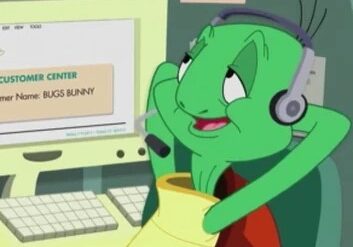
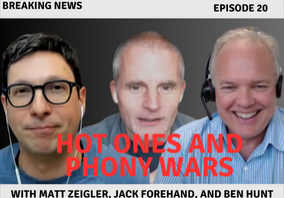
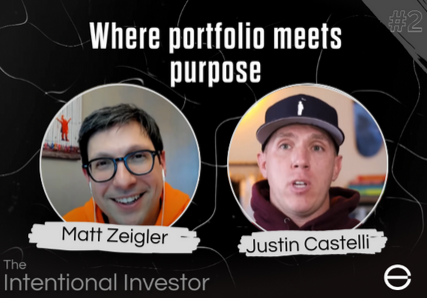

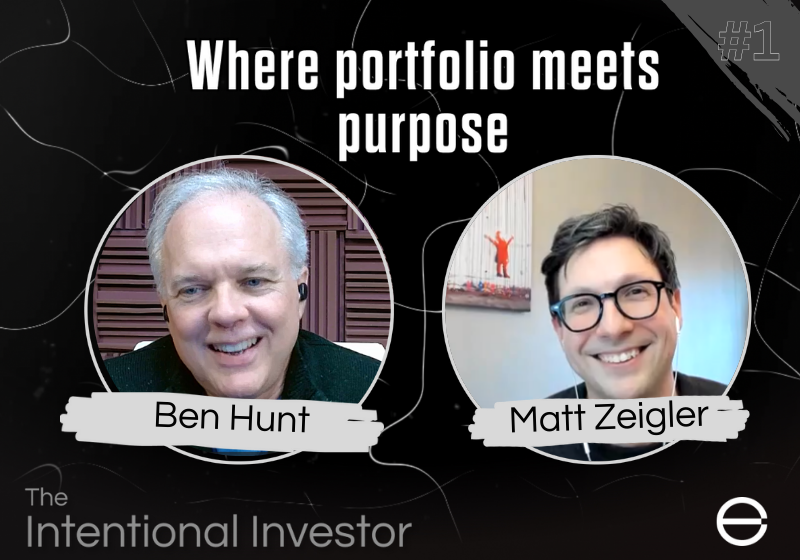
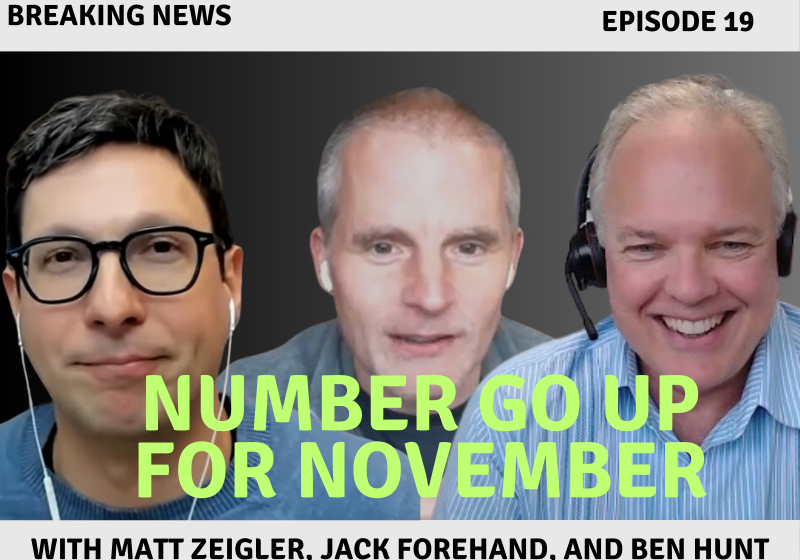
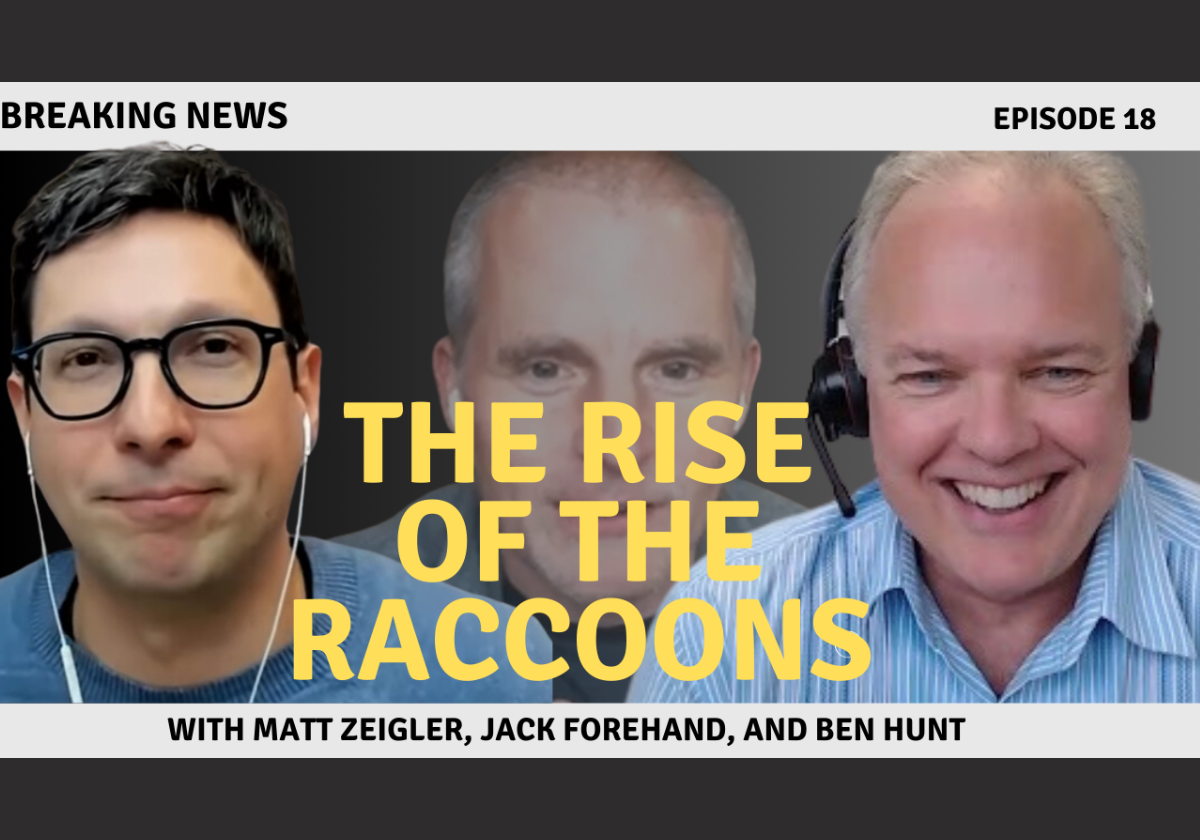
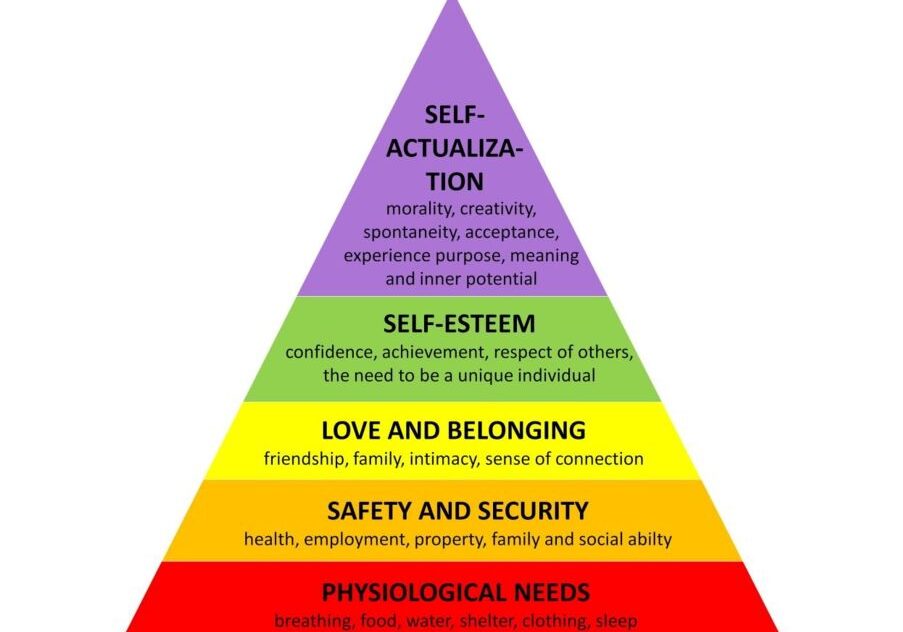
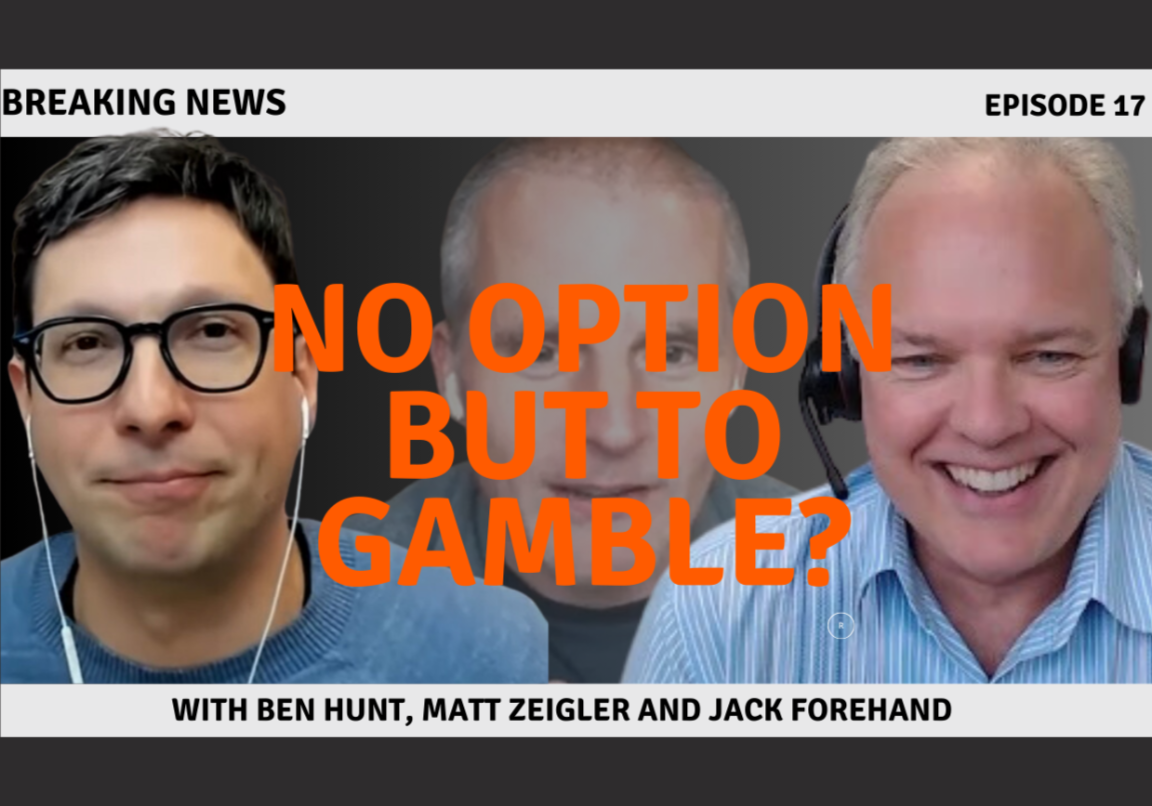

bonus footnote: I’ve got to highlight the embedded link to the local paper story about my grandfather’s backyard. It’s a great point of pride for him (and all of us) - a great manifestation of investing in the real. How does your garden grow: Forty Fort man creates a welcoming garden | Times Leader
@MZeigler3 Thank you so much for this, it is so beautifully written! I’m composing a longer response that I hope to post tonight.
I relate so much to the clashing of cultures, the most prominent example in my life was when I brought my partner Philip to meet my Dad for Thanksgiving. I grew up in Connecticut in a very WASP-y but not wealthy family. I was brought up with an extremely strong Protestant work ethic (although my immediate family was not really religious at all). It still astounds me to this day that young people can just take a year off and traipse around Europe or other places, how do they have money to eat? Have a roof over their heads? How do you survive if you don’t have a job that you’re going to every weekday?
But back to the narrative at hand, Philip at the time was working as crew in the film business, which is basically freelance where you make a crapload of money at once on a job, and then there’s some downtime, and then you’re hired for another project. It took a while for me to wrap my head around it myself, but it’s easier when you’re head over heels in love with the person you’re dealing with (still am!). But when my Dad met Philip, it was in a ‘downtime’ period. My Dad didn’t understand at all and told Philip to “get a f***ing job’!” It was horrifyingly embarassing, and my half sister and stepmother who were also there admonished him for it. But I understood where that sentiment was coming from.
Unfortunately, this did not result in a coming to the middle, I think it’s much more difficult when the people involved have not met before. The result was they never saw each other again while my Dad was alive. But to his credit, Philip did go to the funeral.
I think it would be in all of our best interests though, to endeavor to come to the middle as much as we can. I have observed in myself a tendency to assume (barring any obvious signs) that someone I meet has the same left/right bent that I do. It can be shocking when you realize that is not the case. But then you have to make that decision. Usually, I prefer to come to the middle.
Bonus note: Regarding your comment about the church, when my Mom was getting remarried she wanted the ceremony in a local park, and the Lutheran Pastor balked, saying, “I want to perform the marriage in God’s house.” My Mom replied, “I thought the whole world was God’s house!” He married them in the park.
Thanks so much for sharing this. Our families aren’t easy packs. I have some pretty intense stories that didn’t come to the middle either (including one very awkward family reunion including picnic tables pushed to opposing ends of a pavilion so people could not reunite with family at the reunion and… yeah).
Knowing you don’t want to be “that way” is a conscious commitment I’ve watched my mom make. As the story hopefully indicates, it made the right impression.
As for the park wedding, now that’s how you get the priorities straight!
I’ll keep it simple Matt. You have the gift. Keep using it to tell wonderful stories.
Thanks Matt. You had me from the beginning, and it was a mentally warming sensation (lack of better words) to almost be a part of the story. My 91 year old mom, who still lives in her home, gratefully surrendered her car keys and appointed my youngest brother her chauffeur. The 5 boys try to be closer now, because she is ‘the mom’. Distance and drug addiction have taken its toll on the family, but the middle still holds. I applaud your story-telling skills and hope to read more from you in the future.
Thanks Barry - the common comment thread is if you’ve lived it, you know this story already. I’m happy to hear about your youngest brother stepping up, and I hope everybody else gets back to the middle while there’s still time too. Warmth and all. Keep reading, I’ll keep writing.
Not sure why I didn’t remember this recent post on Dave Winer’s blog when I first read this note, given the emphasis on ice cream! But I thought it was so beautiful.